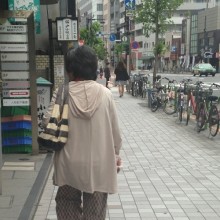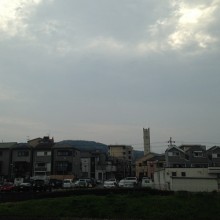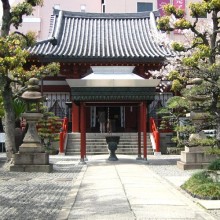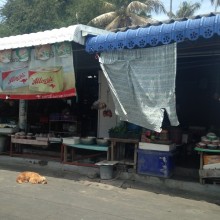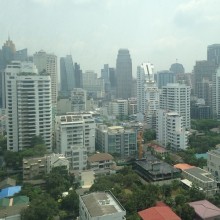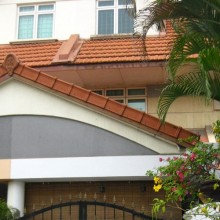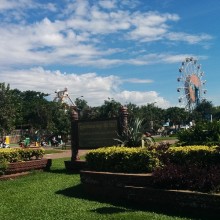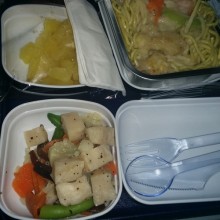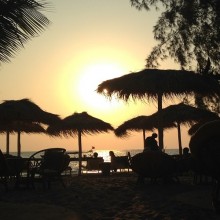Where We Stayed in Tokyo
Neighborhood: (Nishi)Waseda and Takadanobaba Also Called: N/A Pros: Because these are both university neighborhoods, there is plenty of affordable dining – from restaurants to grocery stores. At the 7/11 in this neighborhood, they’ll even heat your food for you, in case your place doesn’t have a microwave. Because these are both university neighborhoods, places like cafes or…
